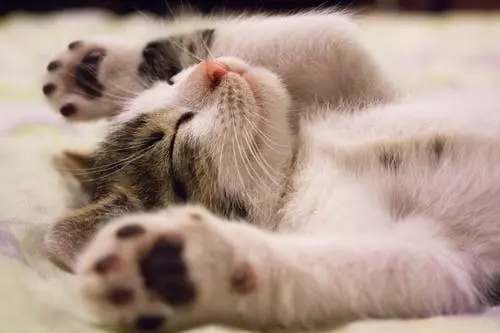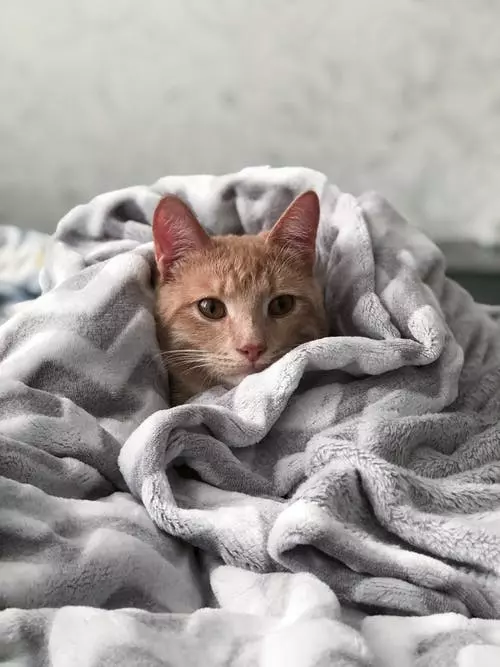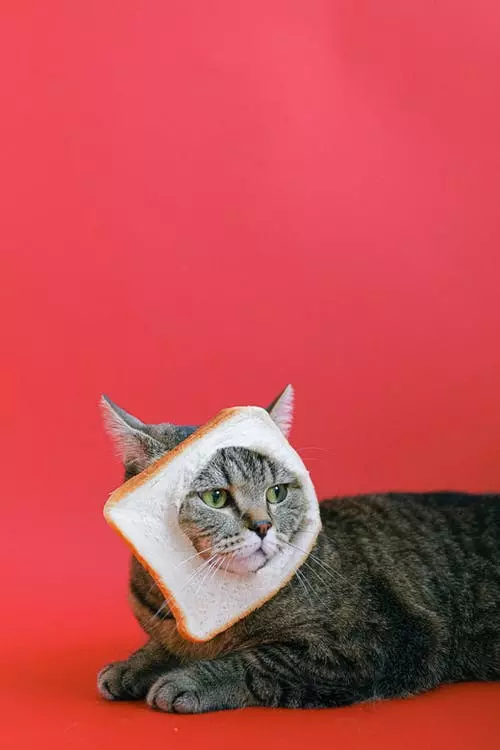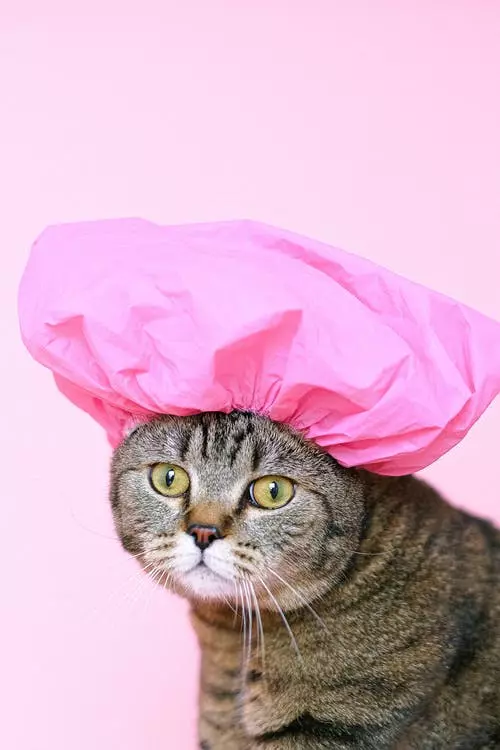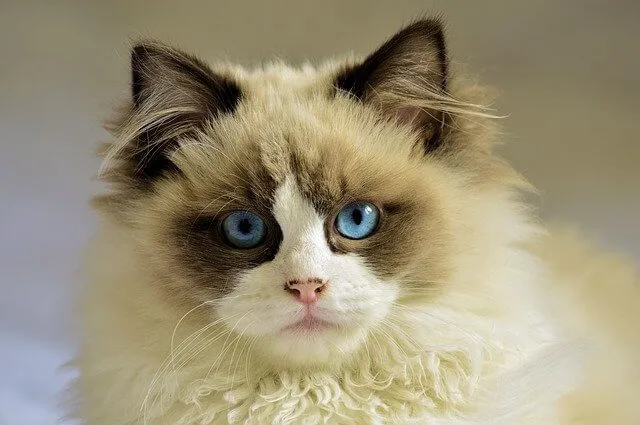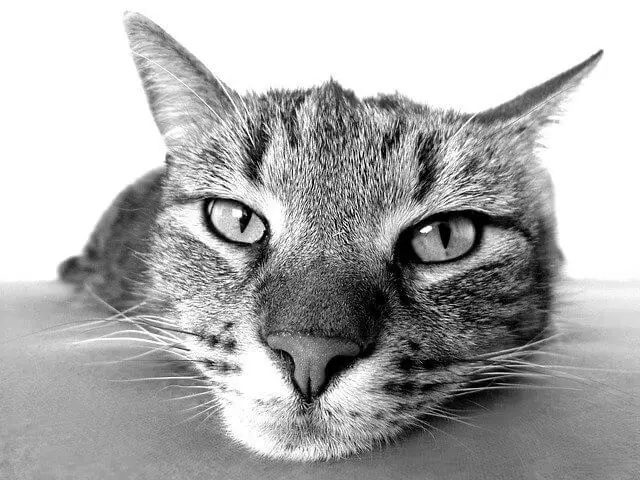Understanding your cat’s emotions is crucial for maintaining a healthy and happy feline companion. Cats may not communicate through words, but they have a unique way of expressing themselves through their body language, including their tails. In this article, we will explore the various tail positions and movements that cats display, helping you decode your furry friend’s emotions and strengthen your bond. So, let’s dive into the fascinating world of cat tail language!
1. The Upright Tail Position: Confidence and Happiness
The upright tail position, with a slight curve at the top, signifies a confident and content cat. When your feline friend holds their tail upright, it indicates that they feel secure in their surroundings. This tail position is often accompanied by relaxed body language, indicating overall happiness. It’s a clear sign that your cat is comfortable and enjoying their time with you.
2. The Puffed-Up Tail: Fear or Aggression
A puffed-up tail is a clear indication that your cat is feeling fearful or threatened. When a cat puffs up its tail, it’s trying to appear larger and more intimidating to potential threats. This tail position is often accompanied by an arched back, raised fur, and dilated pupils. It’s crucial to give your cat space and allow them to calm down in these situations to prevent aggressive behavior.
3. The Tail Wrapped Around the Body: Insecurity or Anxiety
If you notice your cat wrapping its tail tightly around its body, it typically indicates feelings of insecurity or anxiety. This tail position is often seen when a cat is in unfamiliar surroundings or encounters something that makes them uneasy. It’s essential to provide a calm and safe environment for your cat to alleviate their anxiety and help them feel secure.
4. The Swishing Tail: Agitation or Excitement
When a cat starts swishing its tail rapidly from side to side, it’s a clear sign of agitation or excitement. This tail movement often accompanies intense play or hunting behavior. However, it can also indicate annoyance or frustration. It’s important to observe your cat’s overall body language and context to determine whether they are excited or irritated.
FAQs: Frequently Asked Questions
Q1. Can a cat’s tail position vary depending on its breed?
A1. While some tail positions are universal across all cat breeds, certain tail characteristics and movements can vary depending on the breed. For example, certain breeds like the Manx have naturally short or no tails, which can influence their tail language.
Q2. Are there any other tail movements I should be aware of?
A2. Yes, cats also use their tails to communicate through specific movements. Tail twitching can indicate curiosity or mild interest, while a slow wag may express hesitation or uncertainty. Rapid tail movement, almost vibrating, can signify extreme excitement or aggression.
Q3. Can cats wag their tails like dogs?
A3. Unlike dogs, cats don’t typically wag their tails as a sign of friendliness. Tail wagging in cats is usually associated with agitation or annoyance. It’s essential to consider the overall body language and context to interpret your cat’s emotions accurately.
Q4. Should I always approach a cat with an upright tail?
A4. While an upright tail generally indicates a confident and friendly cat, it’s crucial to be mindful of other body language signals. If a cat’s body is tense, ears are flattened, or pupils dilated, it’s best to give them space and allow them to approach you on their terms.
Conclusion:
By paying attention to your cat’s tail positions and movements, you can gain valuable insights into their emotions and strengthen your bond. Remember, interpreting cat body language is not an exact science, and each cat is unique. By combining your knowledge of tail language with overall body cues, you’ll become better equipped to understand your feline friend’s needs and provide them with the care they deserve.


